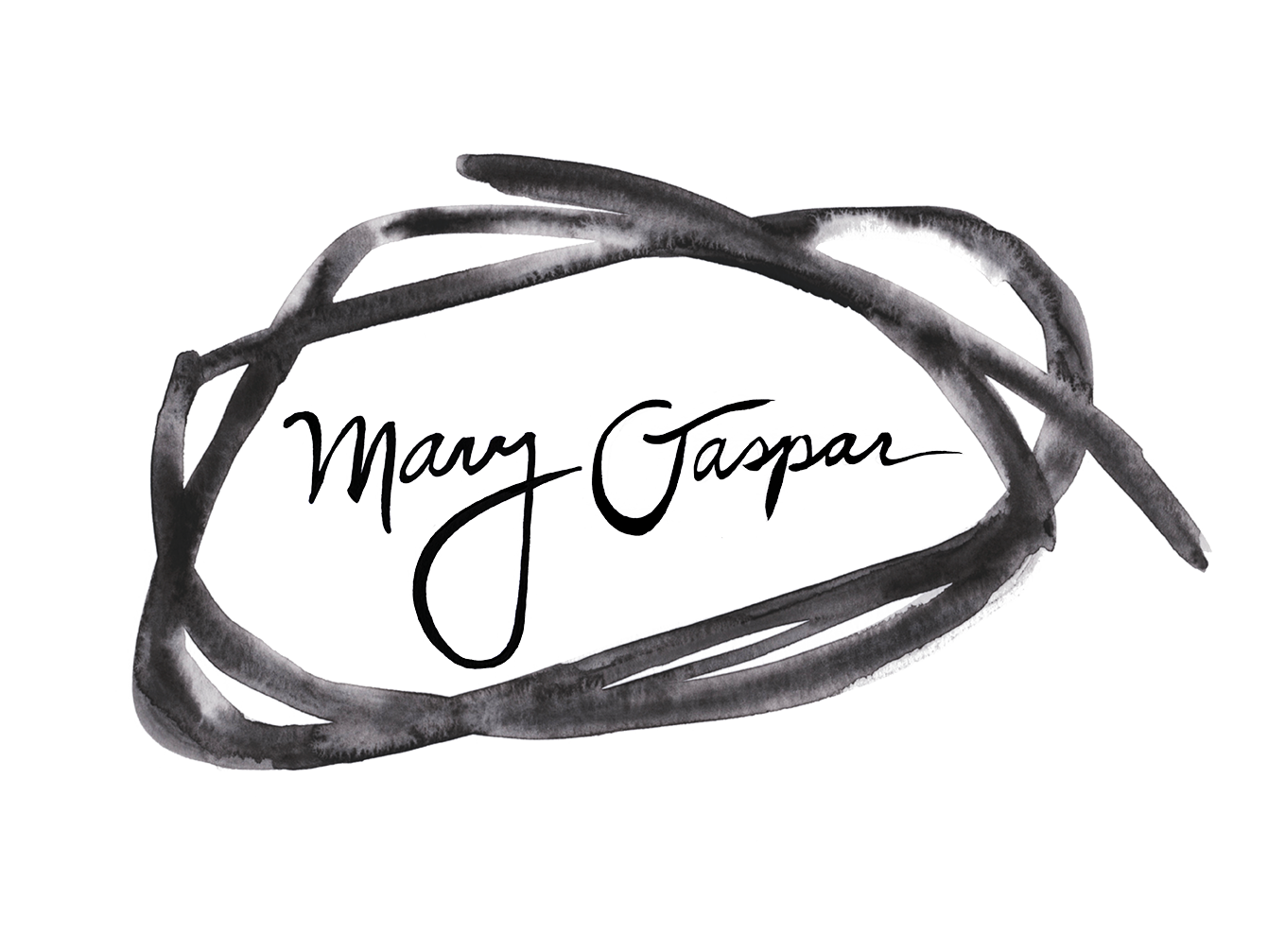12 Jul On Meditation
Meditation is something I’ve always aspired to make into a regular practice but never really felt I was “good at”.
But then I started to understand how painting is meditation.
I try to achieve a flow state through sustained energy focused on one thing.
Meditation reduces stress, anxiety, depression and even physical pain. And that is a large part of what painting does for me. Perhaps that’s why I can’t NOT do it. It truly is survival.
I started painting again at 30 years old as a way to cope with the isolation of young motherhood. And in many ways it saved me. It allowed my creativity to pour forth when I couldn’t act in plays or engage in adult conversation about politics and philosophy. It became my outer expression of me at a time when my identity was so fiercely tied to my children.
When I struggled with postpartum depression and anxiety following my third baby, painting was a trusted source of calm. I remember that my first plant cell abstracts were created in the first painting session I had of total free play, in the weeks following my third baby’s birth. The tangled flow of watercolor poured out of me.
And it’s funny, because I see these pieces as all about connection. And that’s all I was craving in that dark period. Connection to others, to my children, to spirituality, to creativity and to myself.
As I’ve been writing a course on developing an art practice, it’s apparent how closely tied my wellness rituals are linked to my art.
These days I meditate daily, in my studio, before I start creating. The two practices are intertwined.
Do you meditate? Is your creating art linked to your daily wellness practices?
Error: No feed found.
Please go to the Instagram Feed settings page to create a feed.












